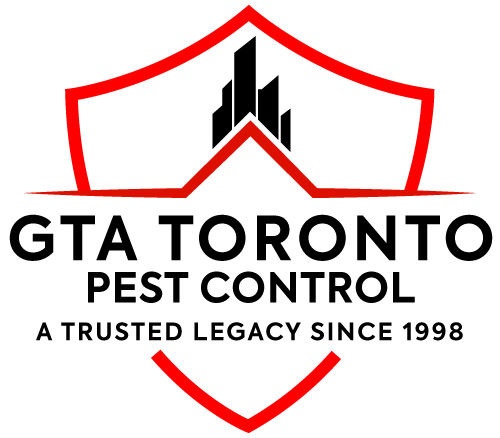About Gypsy Moths
Gypsy moths are very destructive, invasive pests that cause significant tree damage. The caterpillar stage of the gypsy moth is the only one that eats. They will be around 2 inches long when fully grown, highly hairy, and feature five blue spots and six red dots down their back. Adult hairy moths with a 1-1/2 – 2 inch wingspan are grey (male) or white (female) in color. The female moth does not fly, despite the fact that both sexes have wings.
Habits
The female gypsy moth deposits an egg mass, which she covers with body hairs to provide insulation and protect the eggs from predators. The female gypsy moth dies shortly after laying the egg mass, and the eggs survive the winter until temperatures increase in the spring, at which point they hatch. Small black-headed gypsy moth caterpillars hatch and ascend to the tops of trees, where they feed on the leaves or dangle on silk threads and float in the wind to colonize new trees.
Habitats
Gypsy moth larvae graze on a wide range of plants, although their effects are most noticeable on trees. The effect is stunning; trees lose all of their remaining leaves or appear to have fallen. The crowns of trees narrow out as the branches die back. Weakened trees are more vulnerable to various pests and diseases, and even robust trees might succumb. The gypsy moth has destroyed large amounts of woodland and numerous trees in residential landscaping in the Northeast and Upper Midwest.
Threats
When population densities are high, the damage caused by gypsy moth caterpillars may be substantial, and it is most severe on tiny trees. After infection, a host plant will normally recover without losing its vitality. Repeated infestations, on the other hand, might have a severe influence on the plant’s long-term health and eventually result in tree mortality. Hairs from gypsy moths have no harmful consequences on human health. The hairs are allergens, although symptoms vary based on a person’s sensitivity.
Prevention
To keep these nuisance inflicting pests away, maintain as much cleanliness as possible in your yard. Remove any abandoned goods, dead branches, stumps, or other areas where the adult female moth may deposit egg masses. Any egg masses detected should be destroyed. Only use the least harmful plant pesticides as a last option. Natural insecticides derived from plants with insecticidal qualities have fewer adverse side effects and break down more quickly in the environment.








